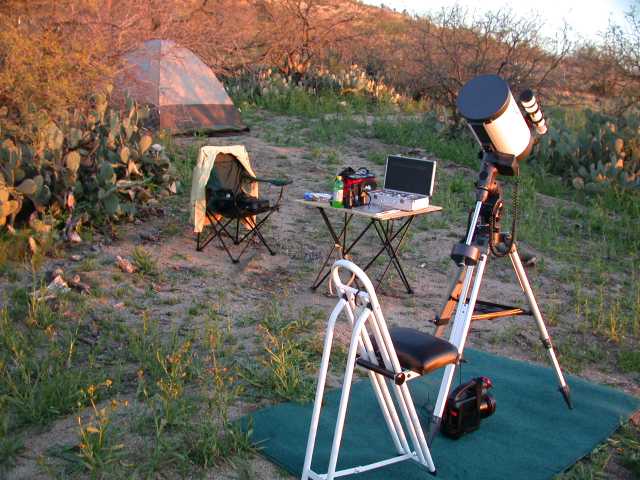Herschel 400 imaging & observing,
M91 Galaxy & Ceres
Posted: 13 March 2023
Friday, 10 March 2023, was cloudy. Cloudy skies continued until late Sunday afternoon, 12 March.
|
Open: Sunday, 12 March 2023, 1810 MST Temperature: 74°F |
Session: 1842 Conditions: Clear, breezy |
Equipment:
12" f/8 LX600 w/StarLock
2" 24mm UWA eyepiece
Camera:
D850 DSLR
SYNCed the observatory clock to WWV time signals.
1821 MST: Dome OFF (onto PZT).
1822 MST: LX600 ON, StarLock OFF, High Precision OFF.
Viewed Jupiter, then Venus, 102X.
1830 MST: Venus now visible to the naked eye.
1831 MST: Sunset. Calm now.
1839 MST: Viewed the Trapezium star cluster in M42 (Orion Nebula), 102X. Nice view the cluster in the bright twilight sky.
1846 MST: Jupiter now visible to the naked eye.
1856 MST: Some central nebulosity visible in M42 with the twilight sky still bright, 102X.
1900 MST: Viewed Mars, 102X.
Slewed to NGC2022 (faint planetary nebula). It would be my first Herschel 400 imaging target this night. It was not yet visible.
1903 MST: High Precision ON.
Prepared the D850 DSLR for imaging.
1916 MST: NGC2022 (planetary nebula) faintly visible, 102X.
1928 MST: The Zodiacal Light and the Winter Milky Way were visible.
1934 MST: NGC2022 (planetary nebula) now easily seen, 102X.
Mounted the D850 DSLR at prime focus, focused on the star Betelgeuse, and locked the 12" mirror. Slewed to NGC2022.
1944 MST: StarLock ON.
Began imaging Herschel 400 objects, StarLock autoguided, 1 minute exposures for NGC2022 (ISO 3200) and open star clusters (ISO 1600), and 3 minutes, ISO 3200 for the Cone Nebula.
NGC2022 (planetary nebula)

NGC2129 (open cluster)
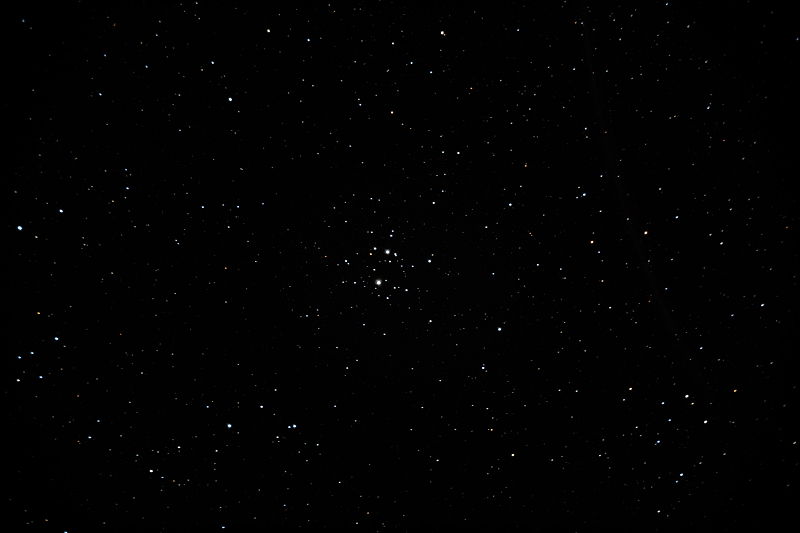
NGC2158 (open cluster)

NGC2169 (open cluster)
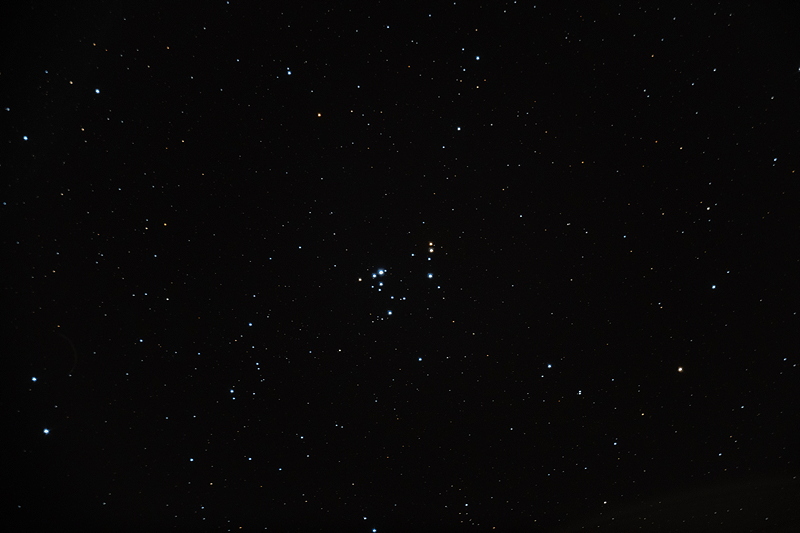
NGC2186 (open cluster)
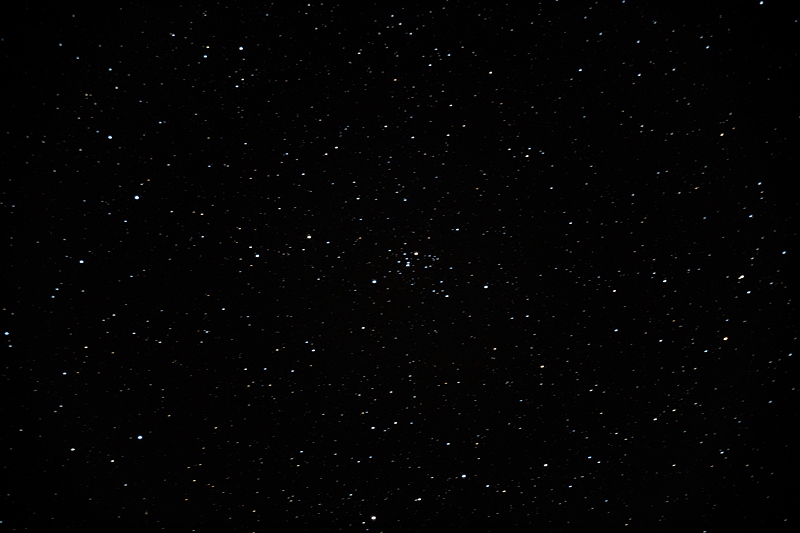
NGC2194 (open cluster)
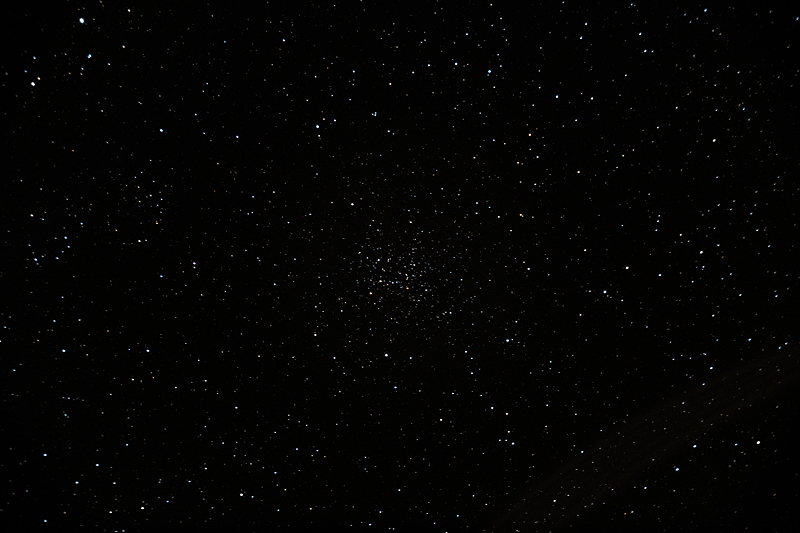
NGC2251 (open cluster)
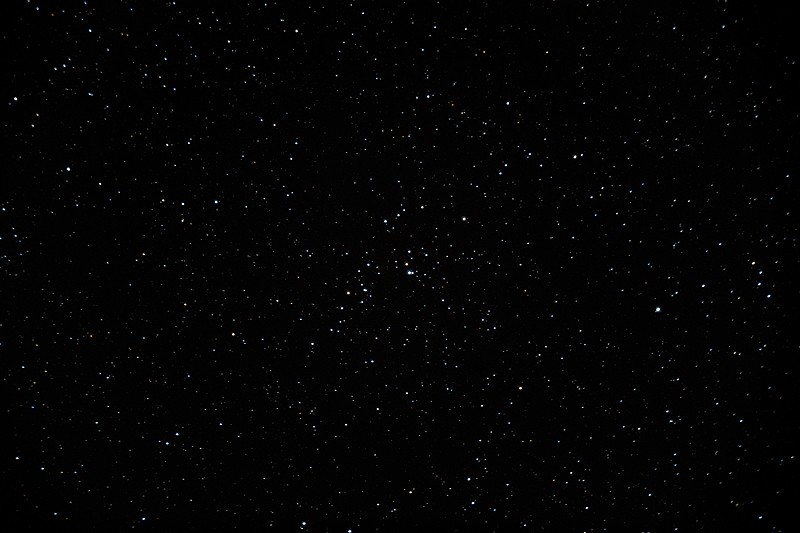
NGC2264 (Cone Nebula)

NGC2266 (open cluster)
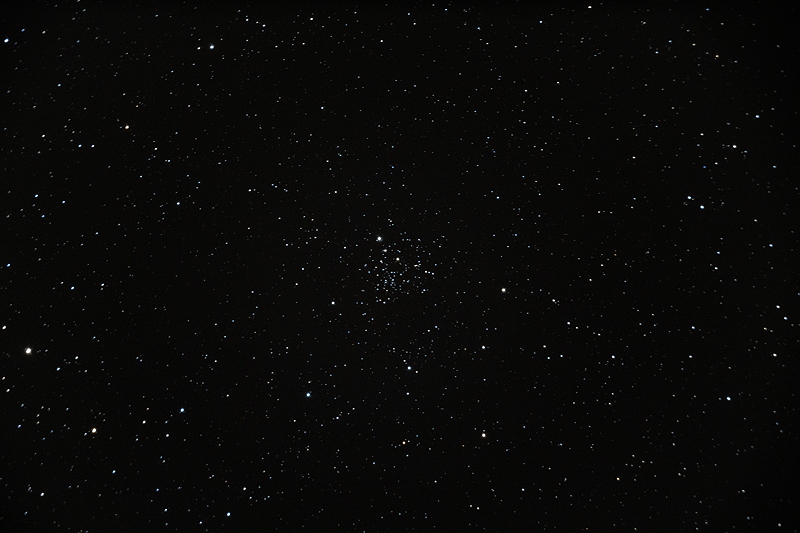
2030 MST: StarLock OFF.
2136 MST: Viewed M91 (galaxy) and dwarf planet Ceres, low in the eastern sky, 102X. They were about 16' apart and both were visible in the same field-of-view.
While waiting for M91 and Ceres to rise higher in the sky, I observed the following Herschel 400 open clusters, 102X: NGC2301, NGC2304, NGC2311, NGC2324, NGC2335, NGC2343, NGC2353, NGC2354, NGC2355, and NGC2360. I have now observed 138 Herschel 400 objects and imaged 128 of them.
Mounted the D850 DSLR at prime focus, focused on the star Regulus, and locked the mirror. Slewed to M91.
2106 MST: StarLock ON.
Did a couple of framing test images and then waited for M91 to rise a little higher in the eastern sky. It was still low when I took images at 2130 MST and 2230 MST, so seeing was not very good. Ceres was 16.8' from the galaxy at 2130 MST.
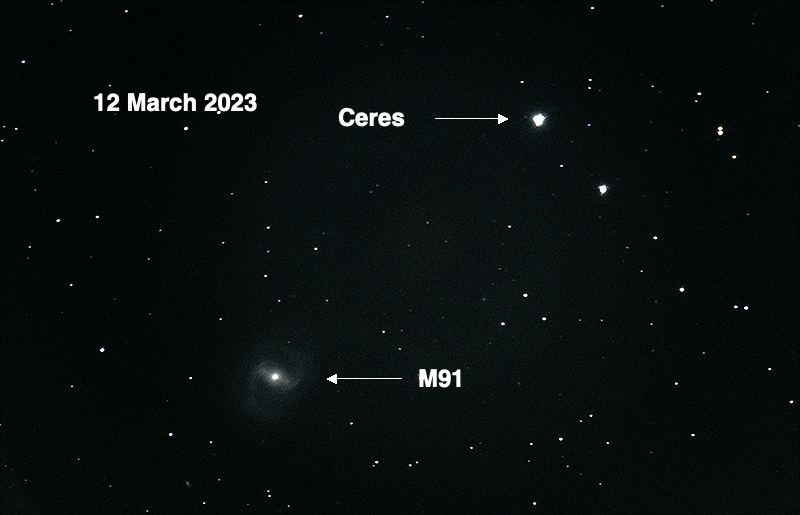
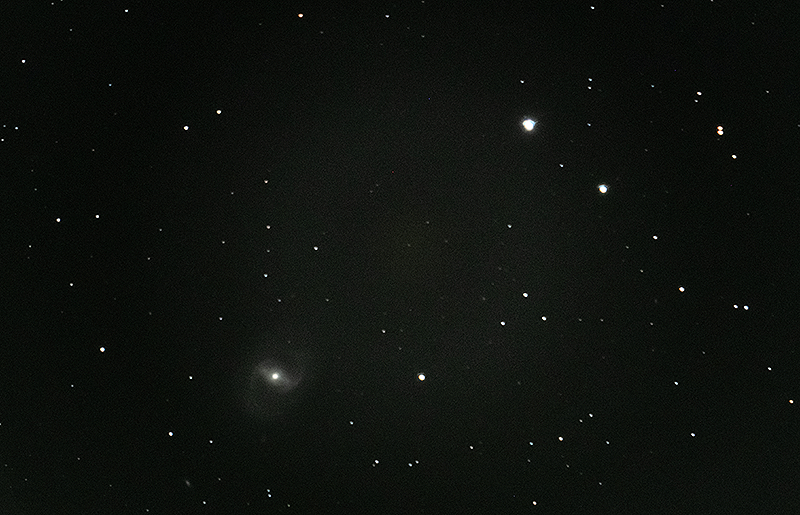
2233 MST: StarLock OFF.
Viewed M91 (galaxy) and Ceres, 102X.
2240 MST: LX600 OFF.
2243 MST: Dome ON.
2250 MST: Took a Sky Quality reading.
|
Close: Sunday, 12 March 2023, 2252 MST Temperature: 48°F |
Session Length: 4h 42m Conditions: Clear, SQM 21.05 |
Eighteen years ago, 12 March 2005, I had my first visit to Oracle, Arizona, for a night of observing. Click the image below to read my report.
On Wednesday, 15 March 2023, I will be giving a talk on "Smartphone Astrophotography" to the members of the San Francisco Amateur Astronomers.
Comments are welcome using Email. Twitter users can use the button below to tweet this report to their followers. Thanks.
Cassiopeia Observatory Home Page
Copyright ©2023 Michael L. Weasner / mweasner@mac.com. Email Etiquette.
URL = http://www.weasner.com/co/Reports/2023/03/13/index.html


